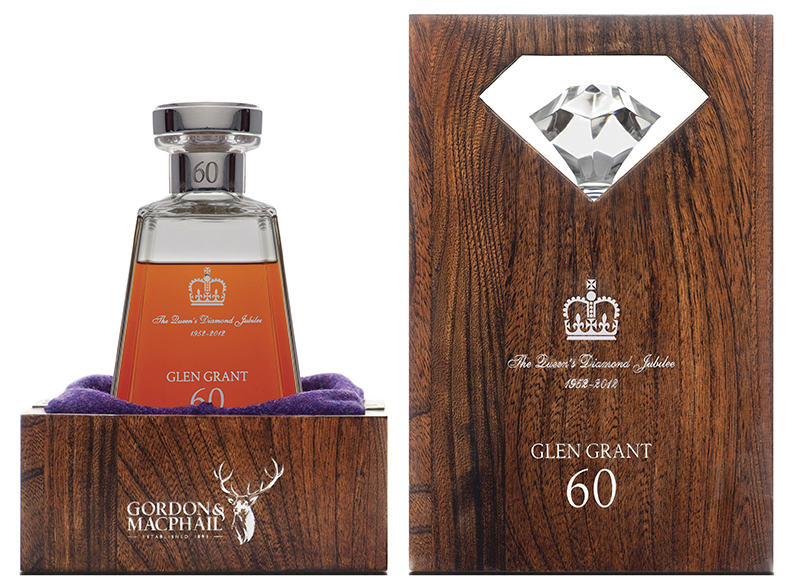Best Pour of Scotch
1937 Glenfiddich
Characters Fine Dining, $1,500 per ounce
For true Scotch aficionados, the 1937 Glenfiddich is as close to the Holy Grail as it gets. It’s an ber-rare yield that, when it was finally bottled in 2001, yielded just 61 bottles and two of them ended up in Edmonton. Both were bought a decade ago by Don Oborowsky, the president and CEO of Waiward Construction Management and the co-owner, along with son Shonn, of Characters Fine Dining. And while he’s still sitting on one – rumour has it that he was recently offered over $100,000 for it and declined – what’s left of the other is still available by the ounce at Characters. It’s the only place in the world where people can buy it by the pour, and those who pay the $1,500-an-ounce price tag get to have their business cards placed in their glasses and put in the cabinet along with the bottle as a tribute to their appreciation for good Scotch. It’s not all fun and games, though. “It’s a very scary thing to pour,” says general manager Jeremy Mercredi. No kidding.
Best Bottle of Wine, Retail
2008 Chteau Ptrus (Bordeaux-Pomerol, France)
deVine Wines and Spirits, $4,099.99 (750 ml)
The name “Ptrus” is to wine drinkers what Ferrari is to car aficionados: a mark of quality, a brand to admire and an experience, if one is lucky enough, to be had. This particular bottle received a score of 97 from Robert Parker’s The Wine Advocate, while deVine’s tasting notes indicate that it boasts “a dark purple colour as well as a sweet perfume of mocha, caramel, black cherries, black currants, earth and forest floor. Deep, unctuously textured, full-bodied and pure … it will benefit from four to five years of cellaring and should drink well for 25 to 30-plus years.” The only question is whether you’ll be able to wait that long to pop the cork.
In one of the best scenes in the 2004 movie Sideways, Paul Giamatti’s character famously expresses his hatred for merlot. But if the movie had gone according to the original script, he might have been singing its praises instead. The producers apparently wanted his so-called “treasure bottle” to be a merlot-heavy Ptrus (it ended up being a 1961 Chteau Cheval Blanc) but Christian Mouiex, the owner of Chteau Ptrus, passed on the offer to have his wine appear in the film.
